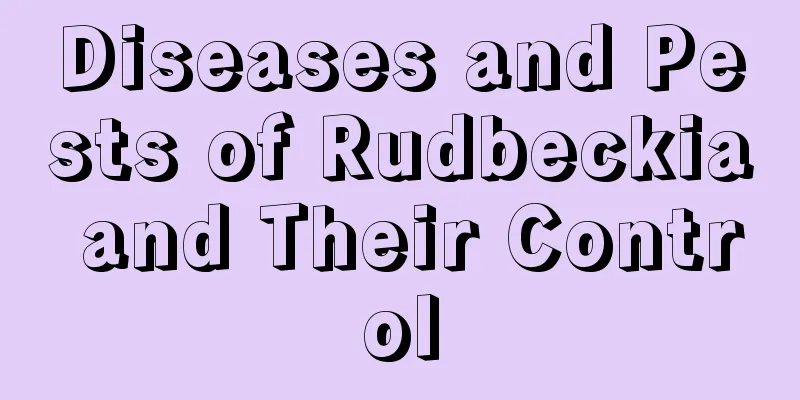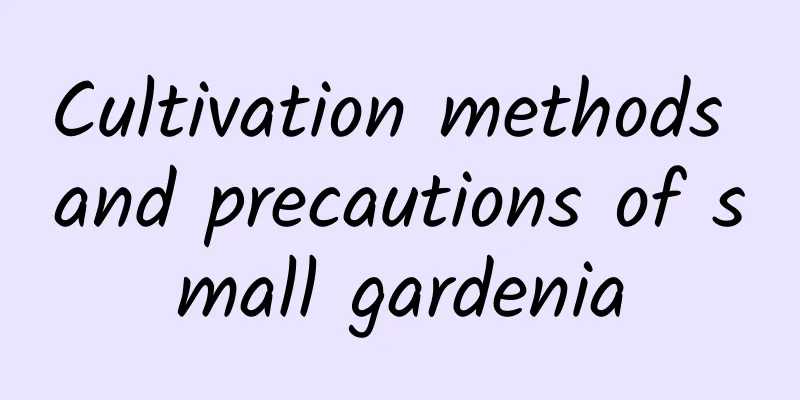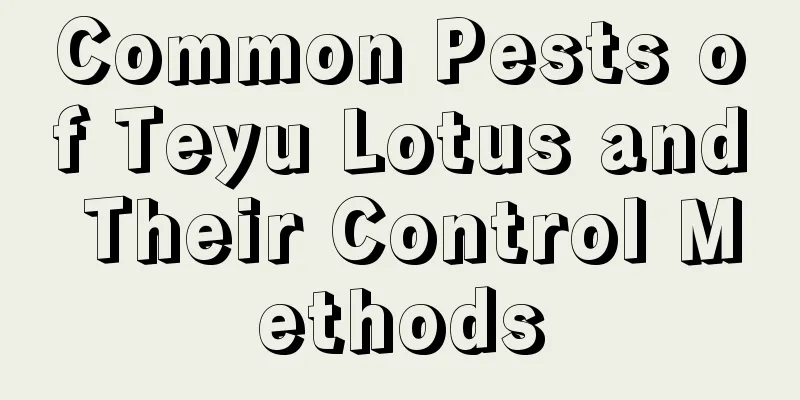Diseases and Pests of Rudbeckia and Their Control

Diseases and their control of RudbeckiaBotrytis cinereaGray mold is one of the common diseases of Rudbeckia radiata, which mainly harms the leaves and stems of the plant, causing them to appear spots or rot. Gray mold disease usually occurs when the humidity is high. The fungal spores multiply and infect the blackheart chrysanthemum, causing lesions. A major factor causing gray mold disease in black chrysanthemum is the environment, so management needs to be strengthened, watering and fertilizing should be done reasonably, and attention should be paid to ventilation, timely drainage during the rainy season, and hygiene should be maintained. When gray mold occurs on black heart chrysanthemum, it is necessary to spray pesticides in time for treatment. MosaicWhen black chrysanthemum suffers from mosaic disease, spots or mosaics will appear on the leaves, and the leaves will become smaller and deformed. Mosaic disease is mainly caused by viruses and can be spread by insects. When planting black chrysanthemum, you need to choose healthy and disease-free plants. To prevent mosaic disease, you need to control pests and spray some pesticides. Root rotRoot rot is a common plant disease, and blackthorn sometimes also suffers from this disease, mostly because of too much water, waterlogging in the soil, poor drainage, and poor ventilation. To prevent and control root rot, pay attention to proper watering and keep the growing environment ventilated. If root rot occurs, it needs to be treated in time. Pests of Rudbeckia serrata and their controlPests of RudbeckiaThe main pest of blackthorn is aphids, which will occur when aphids are prevalent. Aphids are very harmful. Not only can they cause lesions on the leaves of Rudbeckia and even the entire plant, but they can also lead to diseases such as mosaic disease. Aphid controlAphids are difficult to control and need to be treated promptly once they are discovered. Mainly rely on manual capture, make some safe pesticides to kill insects, and pay attention to keeping the environment ventilated. |
<<: Diseases and Pests of Gerbera and Their Control
>>: Diseases and Pests of Pteris fasciata and Their Control
Recommend
How to grow Schefflera
1. Temperature It can grow normally between 5-35 ...
How often should African jasmine be watered?
How often should African jasmine be watered? The ...
How to water the rubber tree
Key points for watering rubber trees Rubber trees...
I planted a climbing plant on the balcony. It grew 3 meters in one year and the neighbors were dumbfounded!
Clematis, with its fresh fragrance, is crawling a...
These flowers are so reproducible that they produce a circle every year and it’s easy for the pot to overflow!
Guanyin Lotus The Alocasia odora is so hardy that...
How to grow jasmine
1. Breeding environment 1. Soil: It is best to us...
How to sow wintersweet
The sowing principle of wintersweet To know how t...
Which month in spring is best for planting beans?
Green beans , also known as cowpeas, are a common...
What is the best month to plant ginger?
When to plant ginger Ginger is usually planted in...
The flower language and legend of honeysuckle
Flower language of honeysuckle As the guardian fl...
Hyacinth cultivation methods and precautions
1. Breeding methods 1. Temperature: It has high r...
How to prune the roots of Phoenix bamboo
Does Phoenix Bamboo need root pruning? Phoenix ba...
How to prune four-season plum
1. Pruning method Pruning is an important step fo...
How do pitcher plants catch food and digest it?
1. Predation method When it hunts, it emits a fra...
How many days does the lettuce grow?
During the growth process, lettuce has a relative...









